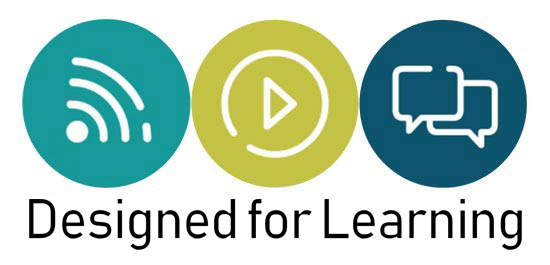22 May Why social learning won’t work
This post follows on from the post on ‘Social Learning and Knowledge Management‘ which compared both approaches on the assumption that they are attempting to achieve the same outcome – people in organisations sharing their knowledge, and learning from each other in order to improve performance.
In the L&D world social learning has become a bit of a fashionable fad. It’s not hard to see why. With increasing pressure to do more for less, and with the improved adoption of learning technologies the conventional formal classroom approach to learning feels a little outdated and is very much top down rather than bottom up. Social and informal learning based on the 70:20:10 idea and utilising some cool social media technologies seems like a no brainer for our 21st century digitally connected workforce. But though it appears pretty straightforward, getting learners to learn informally from each other (and let’s face it they are probably doing that already) opens up a Pandoras box of challenges for the organisation in general and for L&D in particular.
Knowledge management (KM) people often talked about knowledge management being an oxymoron. Knowledge was by its very nature difficult to tie down – explicit knowledge was tricky to codify and tacit knowledge was even more elusive. It’s true that managing an organisations knowledge was a big ask but in my view KM failed for more pragmatic reasons and those reasons are key for us to be aware of if we are going to have a chance of making social learning work. Here are nine things we need to address if we are going to have any chance of making social learning work.
1. KM was time consuming
KM required time and sometimes substantial effort on the part of those people who owned the really useful knowledge. KM was time away from the ‘real work’ and KM activities always looked bad on your time sheet.
2. KM suffered from a poor reward and recognition framework
In the early days there was substantial support and encouragement to invest time and to share stuff but once people realised that sharing wasn’t good for them personally all that altruism slowly drained away.
3. Many more people took rather than gave
In practice KM involved knowledgeable people (usually the experts) sharing stuff with less knowledgeable people. Most people realised it was easier to take rather than give. A few underwent the pain while the mass got the gain but this imbalance was unsustainable and the experts soon stopped sharing.
4. KM was technology driven
KM was hijacked by ‘big IT’ and the vendors sold a misguided vision of a knowledge sharing utopia. You can imagine how it goes: ‘Buy our system and KM will be sorted in your organisation.’ Of course they were wrong. KM needed much more than a re-packaged document management system to succeed.
5. KM was encouraged and facilitated by a dedicated team
Most organisations employed people to support and encourage knowledge sharing (I was one of them). The idea was that these people would act as the catalyst for others to participate and that KM would then grow organically. However once KM lost its initial shine and failed to deliver on its early promises the KM teams were quietly axed. The reason often given was that ‘KM was now embedded in the business’.
6. KM wasn’t embedded in the business
In practice KM was never really embedded in the business and the KM team was seen as a sort of annoyance that could be dropped when appropriate (not unlike the position that L&D finds itself today).
7. The technology wasn’t up to the job
In 2000 we didn’t have social media. We hardly had a satisfactorily functioning internet. KM systems were primarily about information and document storage, and search. In an effort to connect knowledgeable people within large organisations they also included people profiles and discussion forums which were used by communities of practice (COPs) and communities of interest (COIs). The idea was that if you couldn’t find the answer in the knowledge base you could contact someone who could help, or ask a question in an appropriate community forum.
8. KM focused on explicit not tacit
Paradoxically KM focussed on the explicit (the know what) where there was least value, rather than the tacit (the know how and why) where the value was much greater. Explicit knowledge can of course be valuable – especially to novices – but the really valuable insightful stuff tends to stay locked up in expert’s heads.
9. Sometimes the knowledge within the organisation is not enough
Sometimes you need fresh thinking. Connecting your experts may simply result in more of the same or similar solutions. Sharing beyond the silos and boundaries of the organisation can be so much more valuable that sharing within.
In the third and final post, ‘How social learning can work‘, I’ll explore some of the ways we can address these challenges and get social learning working for us.








bonificación de referencia de Binance
Posted at 15:51h, 24 FebruaryThank you for your sharing. I am worried that I lack creative ideas. It is your article that makes me full of hope. Thank you. But, I have a question, can you help me? https://www.binance.info/es/join?ref=DB40ITMB